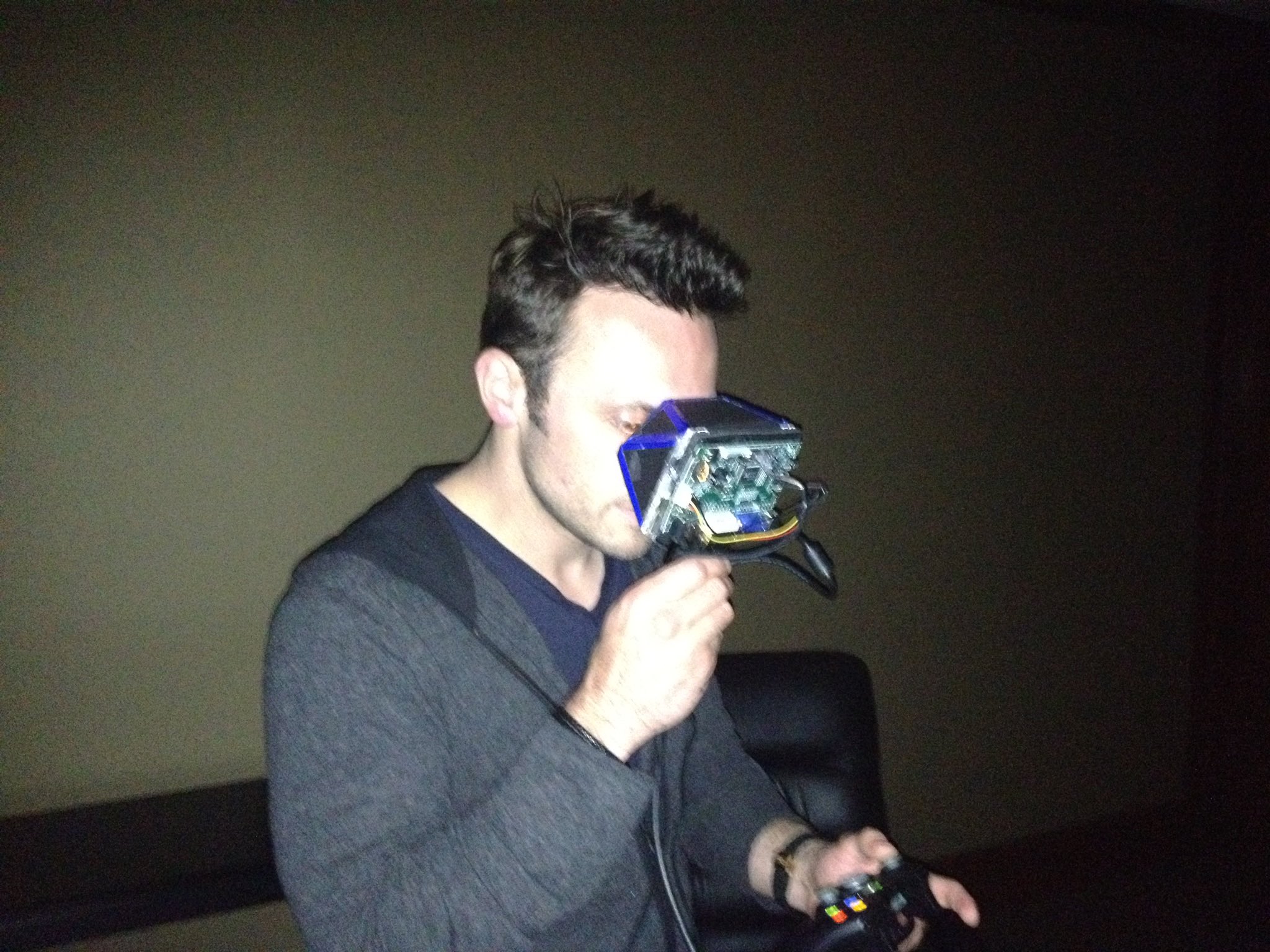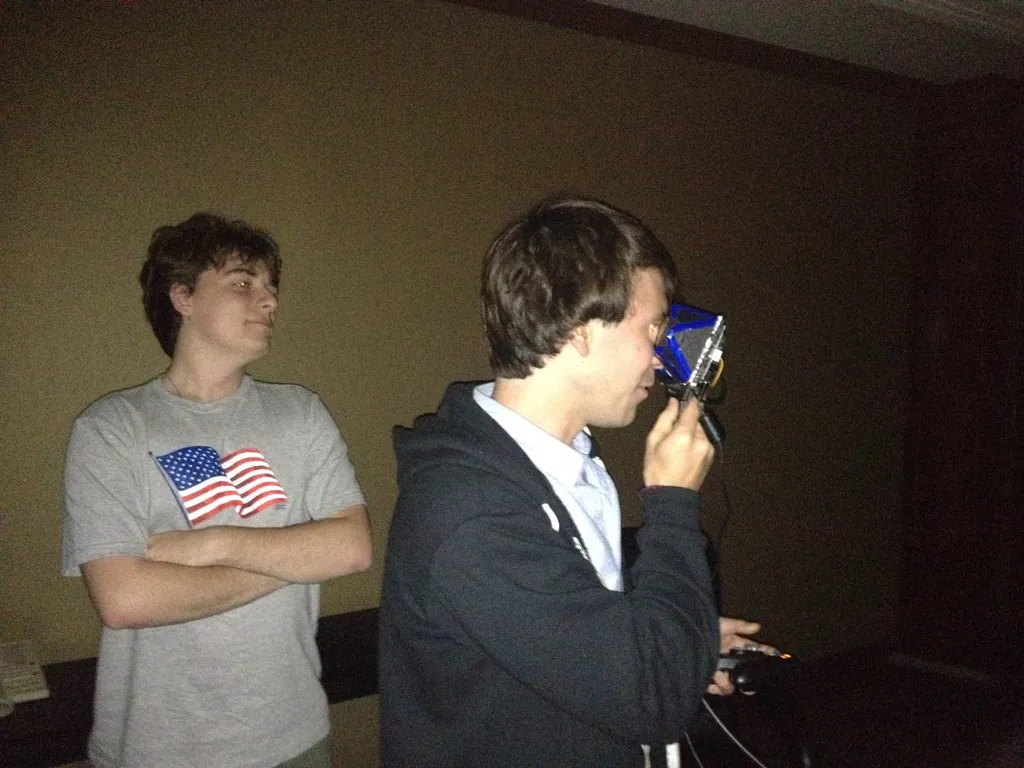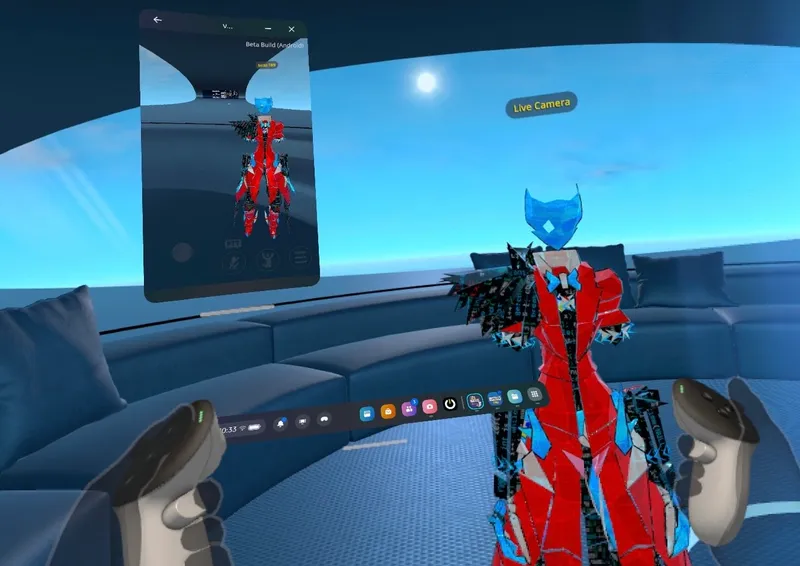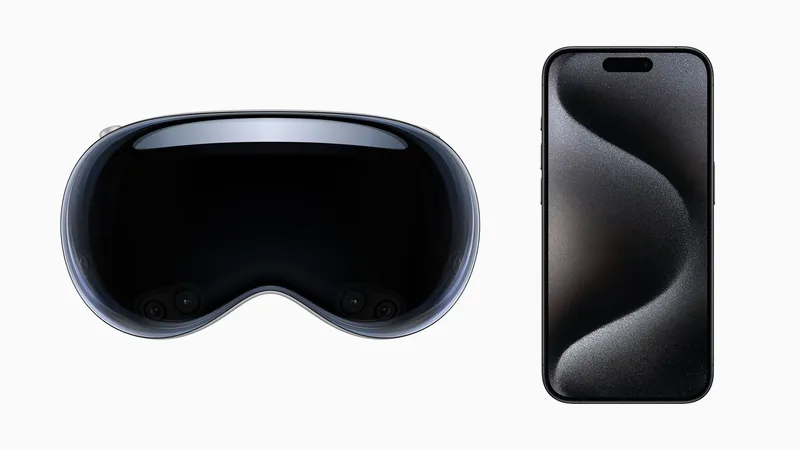In December 2012 I published my first in-depth article after a demo with a hand-built Oculus VR prototype.
A decade later, Oculus VR is gone “for now” and the earliest faces to rally developer and enthusiast support for the imminent consumer revival of virtual reality have moved to other startups. Palmer Luckey was fired and is now focused on his defense startup while Oculus VR CTO John Carmack, long since reduced to executive consultant, is now “all in on building” artificial general intelligence at his own startup.

While Luckey departed with a statement from Facebook PR, Carmack posted his internal resignation message publicly after media outlets broke the news:
“It all could have happened a bit faster and been going better if different decisions had been made, but we built something pretty close to The Right Thing,” he wrote. “The issue is our efficiency.”
Below is a snippet of video from 2015 of Carmack telling me that instead of focusing on mobile inside out tracking (that would later become key to Quest VR headsets), dozens of Oculus computer vision engineers were working on “esoteric kind of researchy things while this is a problem that I want solved right now, I wish somebody had spent all of this last year on it.”
Given the weight of these comments I thought it interesting to revisit what Oculus CEO Brendan Iribe said during my first demo 10 years ago.
“Right now this is a 60 hertz screen, that’s what cell phones are, 60 hertz screen,” Iribe told me. “So they refresh 60 times a second. In the future, we’ll get a faster screen, we’ll get a 120 hertz screen…which means then the game instead of running at 60 FPS wants to run at 120 FPS or 240 FPS.”
Iribe added, “all good news to somebody like Carmack who loves crunching out the very best of performance.”
As of 2022, Meta Quest 2 runs completely standalone VR at 120 FPS by enabling the option in a menu, and you can pair the headset with Touch Pro controllers which feature state-of-the-art inside out tracking.
Carmack seems to have gotten the performance he wanted out of VR hardware, but not from Zuckerberg’s organization.
“We have a ridiculous amount of people and resources, but we constantly self-sabotage and squander effort,” Carmack wrote. “There is no way to sugar coat this; I think our organization is operating at half the effectiveness that would make me happy. Some may scoff and contend we are doing just fine, but others will laugh and say ‘Half? Ha! I’m at quarter efficiency!’ “
Meta Builds Toward AR Glasses From Oculus VR’s Beginnings
Mark Zuckerberg is CEO and Andrew Bosworth is CTO at Meta, and Quest 2 is the company’s market-leading VR headset. Together, they’re beginning to outline what the next decade of work looks like at Reality Lab, from wrist-based input for AR to retinal resolutions for VR.
After laying off 11,000 people last month, Bosworth wrote today “80% of Meta’s overall investments support the core business, with the other 20% going toward Reality Lab.”
“While we will continue to find ways to work more efficiently, what won’t change in 2023 is our vision and the long-term research effort we’re undertaking to get there,” Bosworth wrote. “Building true AR glasses will require a massive set of breakthroughs and inventions across all sorts of areas, from lenses and miniature displays to lightweight materials and AI-powered interfaces. While our VR devices and software get most of the public attention, we are directing about half of our Reality Labs operating expenses towards our AR initiatives..”
Meta’s path to the Quest over the last decade puts the company at the front of a still-relatively nascent market for VR anchored by some incredible gaming experiences. As Meta moves to build out mixed reality features and its AR platform from these beginnings, Carmack’s resignation serves as a warning to Zuckerberg, Bosworth and Meta’s teams. Its call for focus and optimization is likely to be cited countless times internally at Meta in the coming years, but his words also point to opportunity at companies like Sony, Pico, HTC, Valve, Apple, and Google.


























